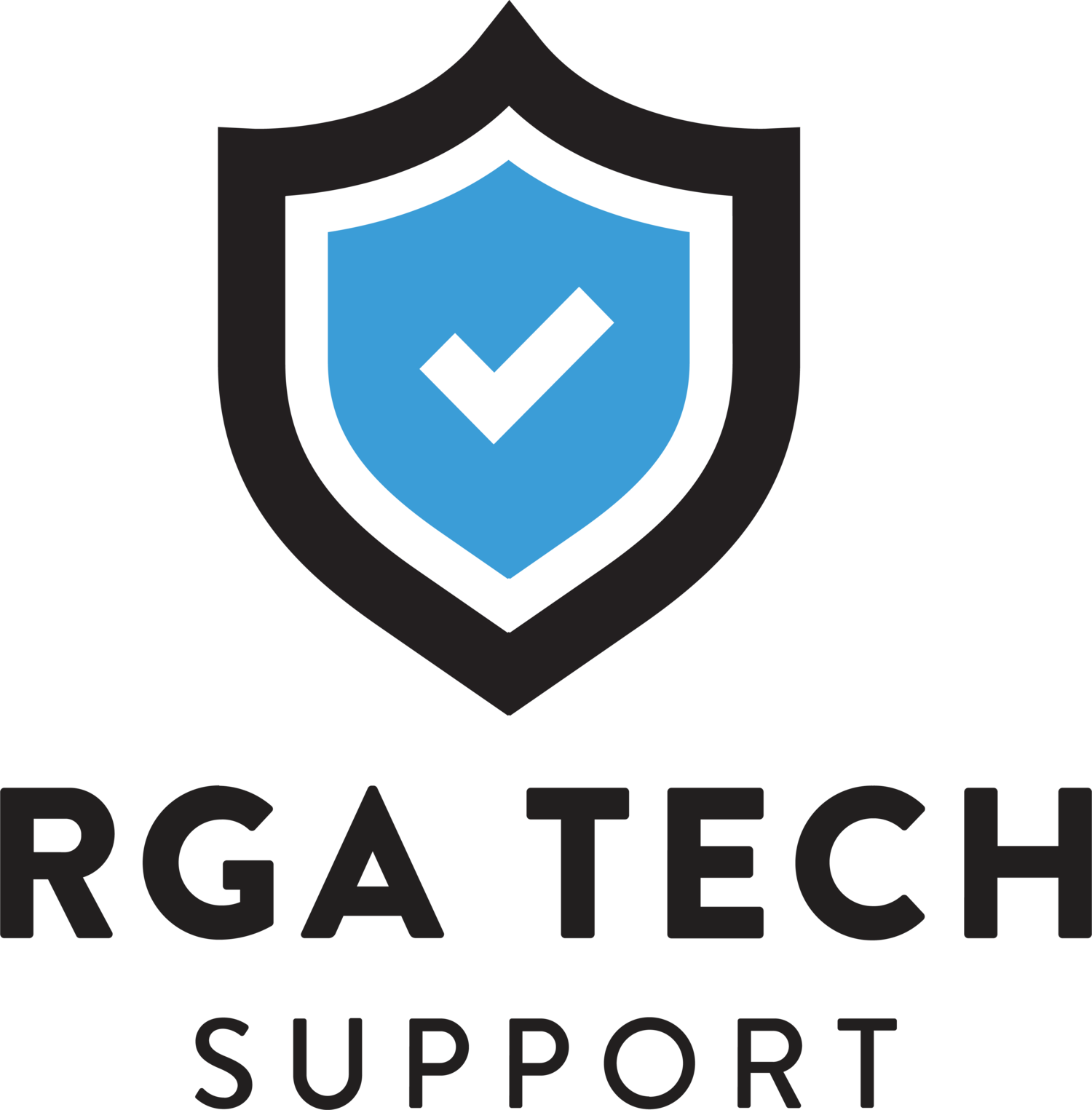How to Distinguish a Phishing Email
RGA Tech Support Tips for Phishing
Not all phishing attempts are after passwords. Sometimes they are looking for basic information like account types or computer manufacture. Read on for more tips!
More often than ever, we are seeing people being scammed by phishing emails. It’s important to be cautious of emails that seem off and links that look suspicious! This will protect both you and your devices from cyber threats. Here are some ways to accomplish this:
Examine the Sender's Email Address
One of the first steps in identifying phishing emails is to scrutinize the sender's email address. Cybercriminals often use email addresses that mimic legitimate organizations or individuals, but may contain slight variations or misspellings.Check for Spelling and Grammar Errors
Phishing emails often contain spelling and grammar mistakes, as they are typically sent hastily by cybercriminals. Be wary of emails with poor language quality, as this could be a sign of a fraudulent message.Verify the Legitimacy of the Sender
If you receive an email from a company or organization claiming to be legitimate, verify their identity by visiting their official website or contacting them directly through trusted channels. Do not rely solely on the information provided in the email.Hover Over Links Before Clicking
Before clicking on any links within an email, hover your cursor over them to preview the destination URL. This allows you to see the actual web address and determine if it matches the purported link's description. Be cautious of shortened URLs or URLs that appear suspicious or unfamiliar.Beware of Urgency or Threats
Phishing emails often create a sense of urgency or exploit fear to prompt immediate action from the recipient. Be skeptical of emails that threaten consequences for not complying with requests or claim that urgent action is required. Legitimate organizations typically do not use such tactics.Avoid Providing Personal Information
Be cautious of emails requesting sensitive personal or financial information, such as passwords, Social Security numbers, or credit card details. Legitimate organizations typically do not ask for such information via email.Use Email Filtering and Security Software
Implement email filtering and security software to help detect and block phishing emails before they reach your inbox. These tools use advanced algorithms and threat intelligence to identify and mitigate potential threats.Report Suspicious Emails
Many email services offer features for reporting and blocking suspicious emails, which helps protect other users from falling victim to similar attacks. If the phishing email is coming through a business email address, report it to your organization’s IT department.
By following these strategies and remaining vigilant when it comes to email communications, you can reduce the risk of falling victim to phishing scams and protect yourself and your devices from cyber threats. If you do end up in a pickle, know we’re here to help. Give us a call at (616) 916-2569 and we’ll do our best to get you back up and running.

